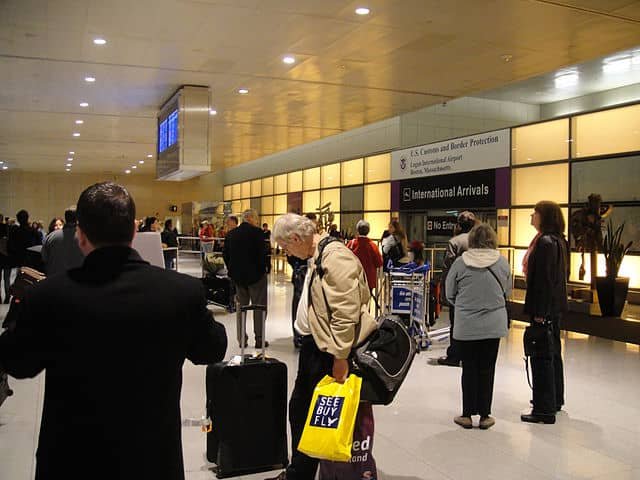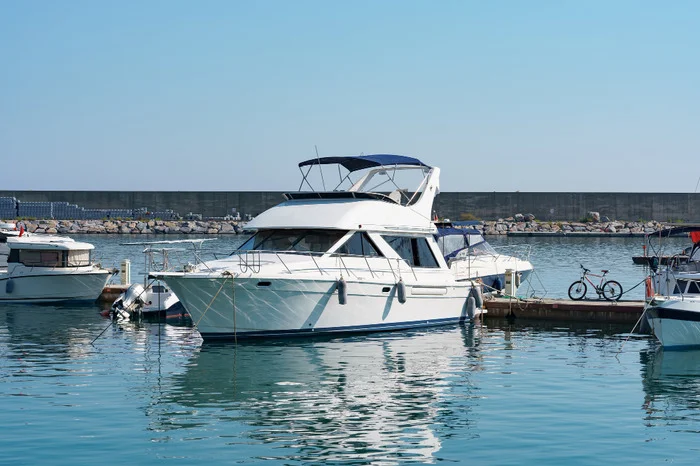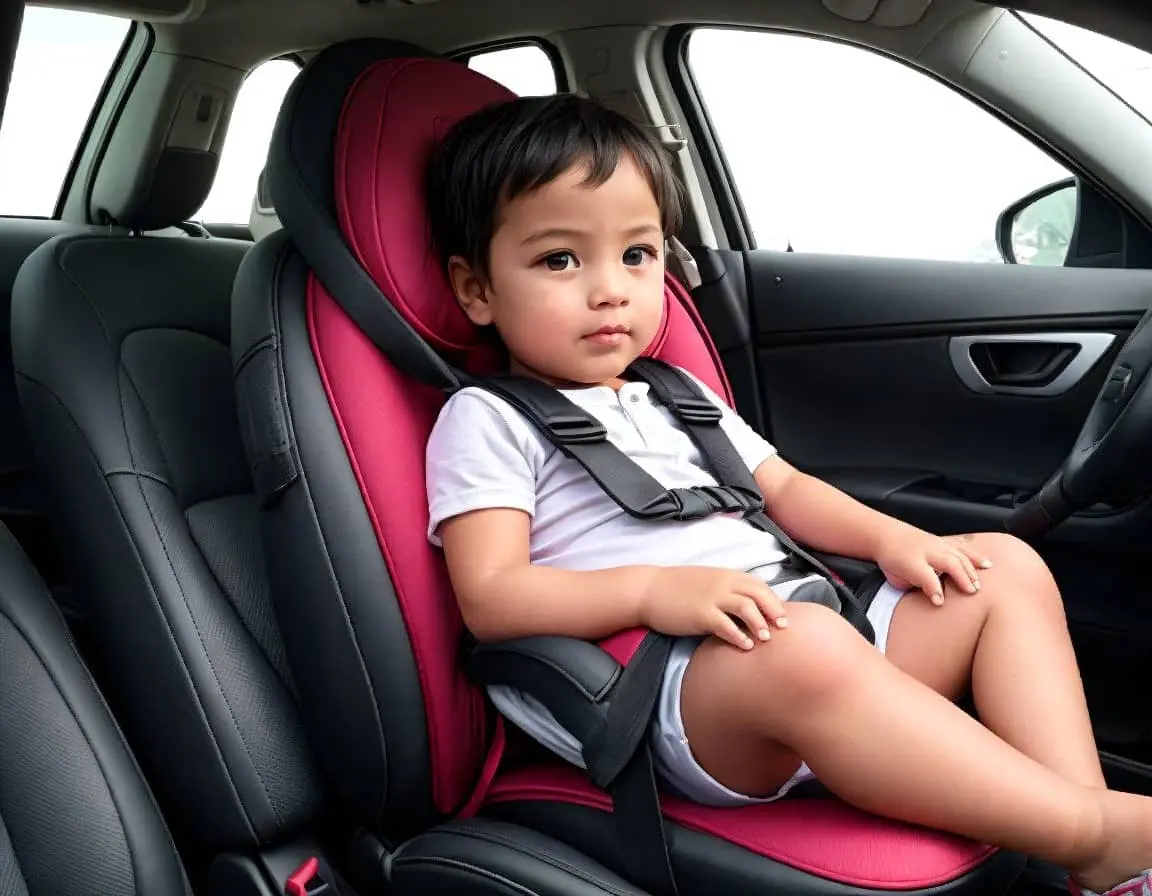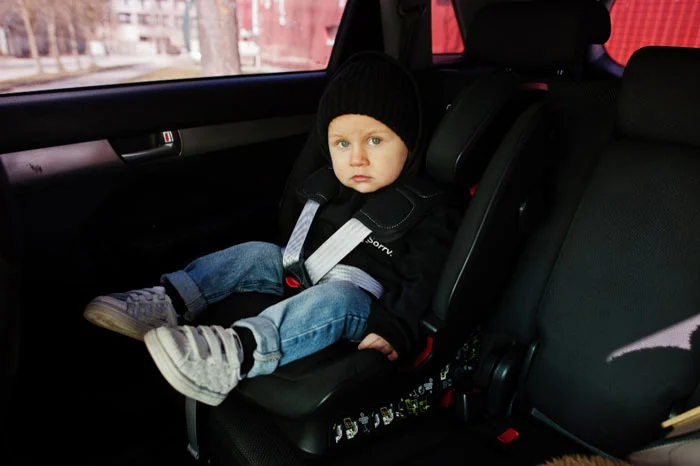Child Seat Car Rules in Denmark: A Complete Guide for Parents and Travelers
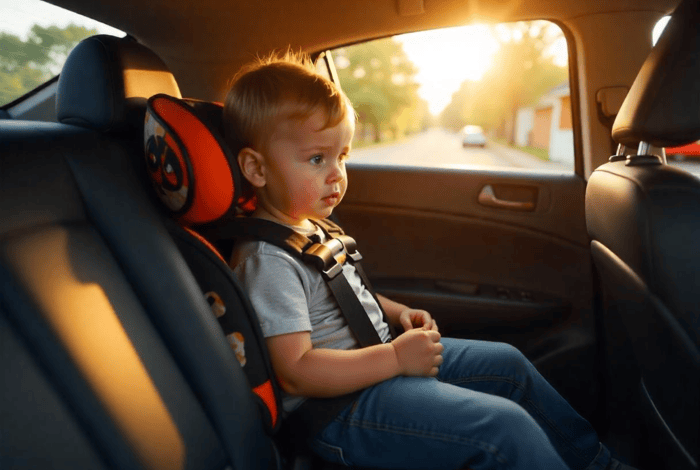
When it comes to road safety in Denmark, strict regulations are in place to protect all passengers—especially the youngest ones. Whether you’re a resident or a visitor planning a family road trip through scenic Danish landscapes, understanding the country’s child car seat rules is crucial. This article breaks down the child seat car rules in Denmark, explaining who needs a car seat, what type to use, exceptions, penalties, and tips for travelers.
Why Are Child Car Seat Rules Important in Denmark?
Denmark, like many European countries, places a strong emphasis on road safety. Child restraint systems are designed to significantly reduce the risk of injury or death in the event of a car accident. According to Danish road safety statistics and EU guidelines, proper use of child car seats reduces fatalities and serious injuries among children by more than 70%.
To ensure this level of safety, Danish law mandates specific requirements based on the age, height, and weight of the child.
Explore More- Car Child Seat Rules in Singapore: A Comprehensive Guide for Parents
Child Seat Laws: The Basics
The child seat regulations in Denmark are aligned with the European Union standards, primarily following UNECE Regulation 44 and the newer i-Size Regulation 129.
Here’s what you need to know:
1. Children Under 135 cm Must Use a Child Restraint System
- In Denmark, any child under 135 centimeters (about 4 feet 5 inches) in height must use a child car seat or booster seat when traveling in a vehicle.
- The restraint system used must be appropriate for the child’s height and weight.
- This rule applies to all types of vehicles, including taxis, private cars, and rental vehicles.
2. Rear-Facing Seats for Infants
- For babies and toddlers under 9-13 kg (approximately 9-15 months old), rear-facing seats are mandatory.
- Rear-facing seats provide better head and neck support in the event of a crash, which is why this is strongly enforced.
3. Forward-Facing Seats and Booster Seats
- Once the child outgrows a rear-facing seat, typically after 15 months or when exceeding the weight/height limit, a forward-facing seat with a harness can be used.
- For older children between 15 to 36 kg or until they reach 135 cm, a booster seat is required.
4. Front Seat Travel
- Children can sit in the front seat, but if they are in a rear-facing child seat, the passenger airbag must be deactivated.
- It’s generally recommended that children under 135 cm sit in the back seat, which is safer.
Explore More- Child Seat Rules in Japan: A Comprehensive Guide to Ensuring Child Safety
Seat Standards and Certifications
Only approved child restraint systems are allowed in Denmark. These must carry one of the following labels:
- UN ECE R44/04 – Older standard, based on weight groups
- UN ECE R129 (i-Size) – Newer standard, based on height and offering improved side-impact protection
When purchasing or renting a seat, ensure it has one of these certification labels visible on the seat itself.
Exceptions to the Rule
While Denmark enforces child safety regulations strictly, there are a few exceptions:
- Taxi rides: In taxis, if no suitable child seat is available, children over three years old may ride using a regular seatbelt for short distances. However, it is still highly recommended to bring your own child seat when possible.
- Emergency situations: If there’s a valid reason, such as a medical emergency, and no child seat is available, a child may travel without one—but this is meant for exceptional cases only.
- Buses and coaches: These vehicles are generally exempt, although seatbelts must be worn when available.
Penalties for Non-Compliance
Failure to use the appropriate child restraint system in Denmark can lead to:
- A fine of up to 2,000 DKK (approx. €270)
- Potential points on your driver’s license
- If you’re renting a car, the rental company may charge an administrative fee on top of the police fine
In serious cases, especially involving injury due to improper child restraint use, legal action may also follow.
Explore More- Child Seat Rules in Germany: Ensuring Safety for Young Passengers
Tips for Tourists and International Drivers
If you’re visiting Denmark with children, here are a few helpful tips:
- Renting a Car? – Most car rental companies in Denmark offer child car seats, but you must book in advance. Always check the seat’s condition and certification.
- Driving from Another Country? – Make sure your car seat complies with EU safety standards.
- Public Transport – Denmark’s public transportation is child-friendly and often does not require child restraints, which can make travel easier for short urban trips.
- Plan Ahead – Especially if traveling with more than one child, ensure that you have the right combination of seats (infant, toddler, booster) ready before hitting the road.
Final Thoughts
Denmark takes child road safety seriously—and rightly so. Adhering to the child car seat regulations not only ensures you are complying with the law but also protects your child in case of an accident. Whether you’re a local resident or a visiting tourist, it’s your responsibility to provide the proper safety restraint based on your child’s height and weight.
Always check your equipment, plan ahead, and when in doubt—ask your rental company or local authorities. Safe travels!


